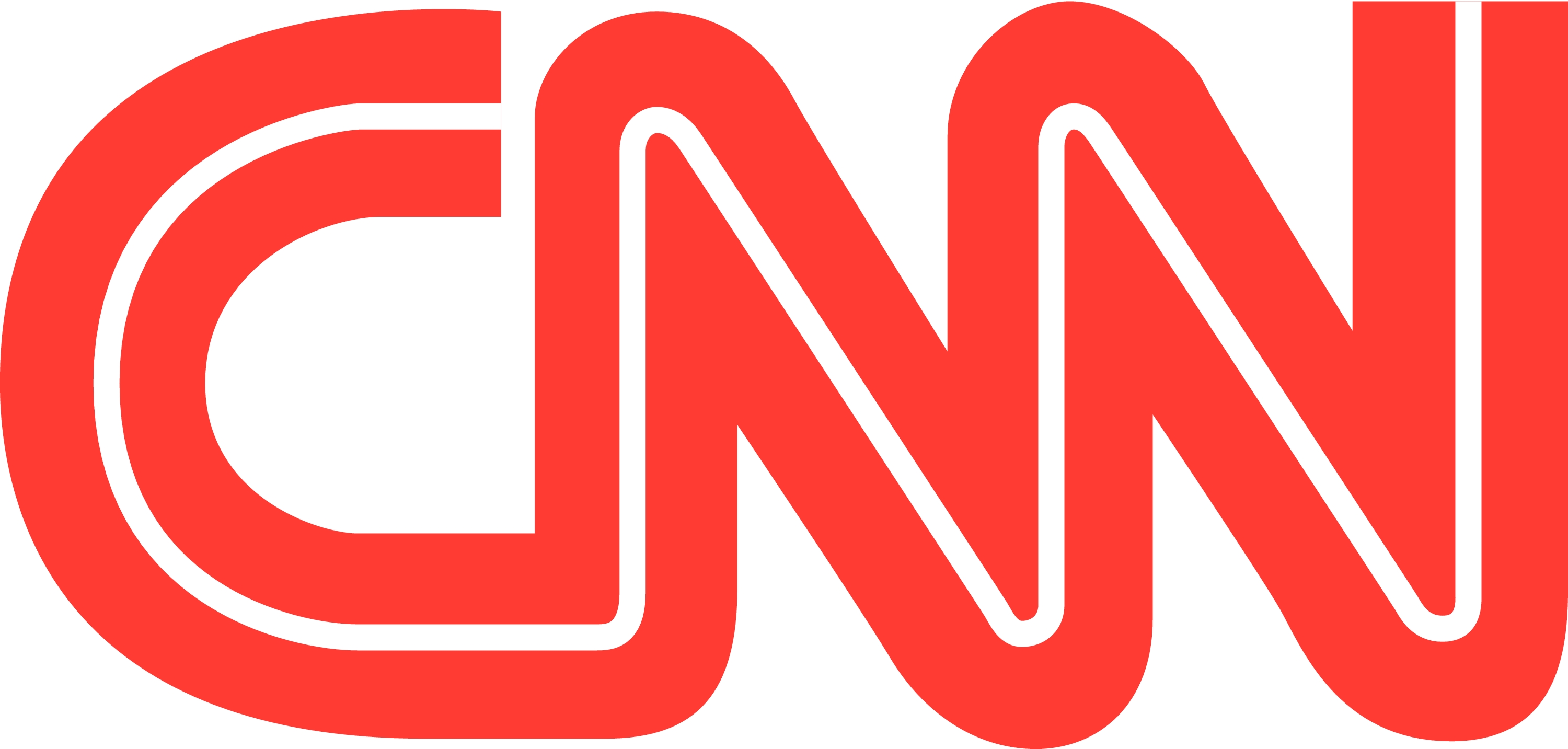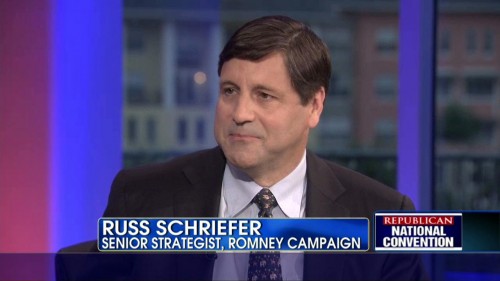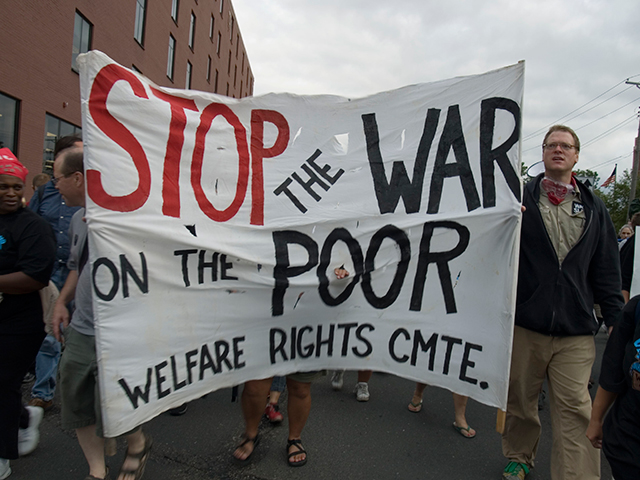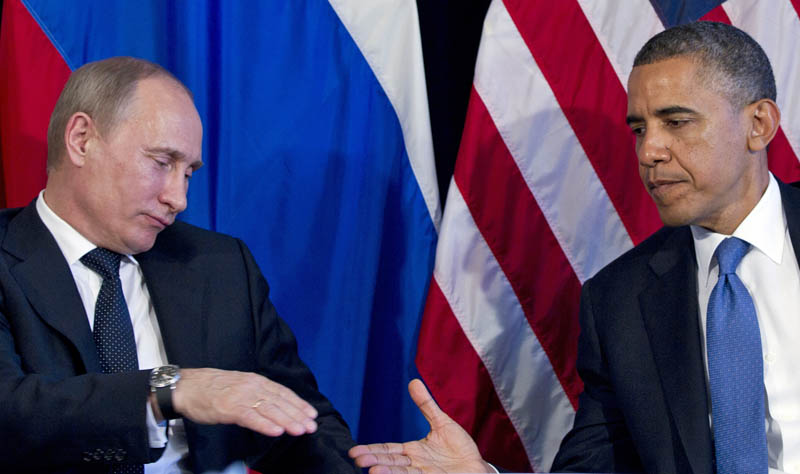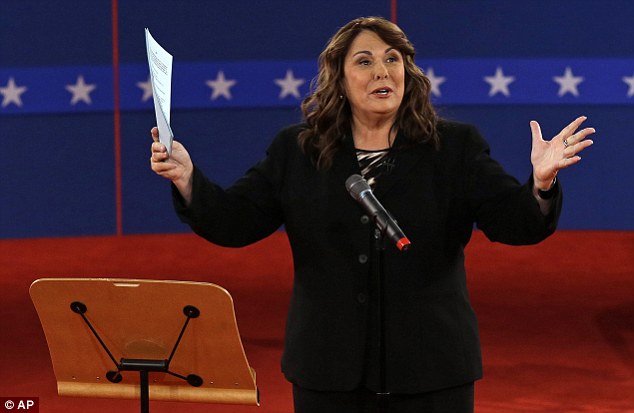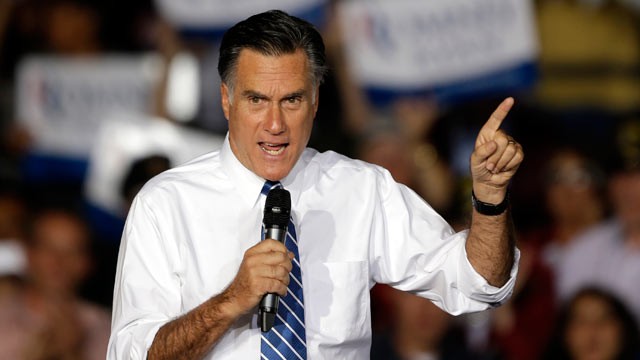The former mayor of Detroit, Democrat Kwame Kilpatrick, was convicted on racketeering charges Monday, and could be looking at 20 years in prison. According to NBC News, “prosecutors said he presided over a breathtaking profit machine by rigging contracts and demanding bribes.”
Kilpatrick was convicted of at least six other criminal counts and acquitted of one, and jurors said they were unable to reach a verdict on two. Kilpatrick was charged with 30 federal crimes. The verdict was still being delivered in federal court in Detroit.
Jurors began deliberating Feb. 18.
Kilpatrick, 42, was charged with bribery, extortion and tax evasion
Prosecutors said that Kilpatrick, a Democrat, steered $83 million in city contracts to Ferguson in exchange for hundreds of thousands of dollars in kickbacks. They also told jurors that the ex-mayor raided his own nonprofit for personal expenses.
The Washington Post reports that Kilpatrick looked “surprised and puzzled” when the verdict came down, but judging by the Post’s description of the charges, he really shouldn’t have been all that surprised:
Prosecutors said Kilpatrick ran a “private profit machine” out of Detroit’s City Hall. The government presented evidence to show he got a share of the spoils after ensuring that Bobby Ferguson’s excavating company was awarded millions in work from the water department.
Business owners said they were forced to hire Ferguson as a subcontractor or risk losing city contracts. Separately, fundraiser Emma Bell said she gave Kilpatrick more than $200,000 as his personal cut of political donations, pulling cash from her bra during private meetings. A high-ranking aide, Derrick Miller, told jurors that he often was the middle man, passing bribes from others.
Internal Revenue Service agents said Kilpatrick spent $840,000 beyond his mayoral salary.
U.S. Attorney Barbara McQuade hailed the verdict and said Kilpatrick was “grabbing money from the citizens he was elected to serve.”
Detroit has been disintegrating while Kilpatrick and his associates used it as a piggy bank. Confronted with that $840k of spending above his means, his defense attorney claimed Kilpatrick was “often showered with cash gifts from city workers and political supporters during holidays and birthdays.” Funny, Detroit doesn’t look like the sort of place where prosperous citizens would be blowing their abundant disposable income on gifts to throw at their beloved political leaders.
Kilpatrick is already well on his way to being airbrushed out of the Party – the Huffington Post got through an entire article about him without using the word “Democrat” once – but in happier times he was a young rising star, endorsed by a certain other product of generations-long single-party rule as “doing an outstanding job of gathering together the leadership at every level in Detroit.

